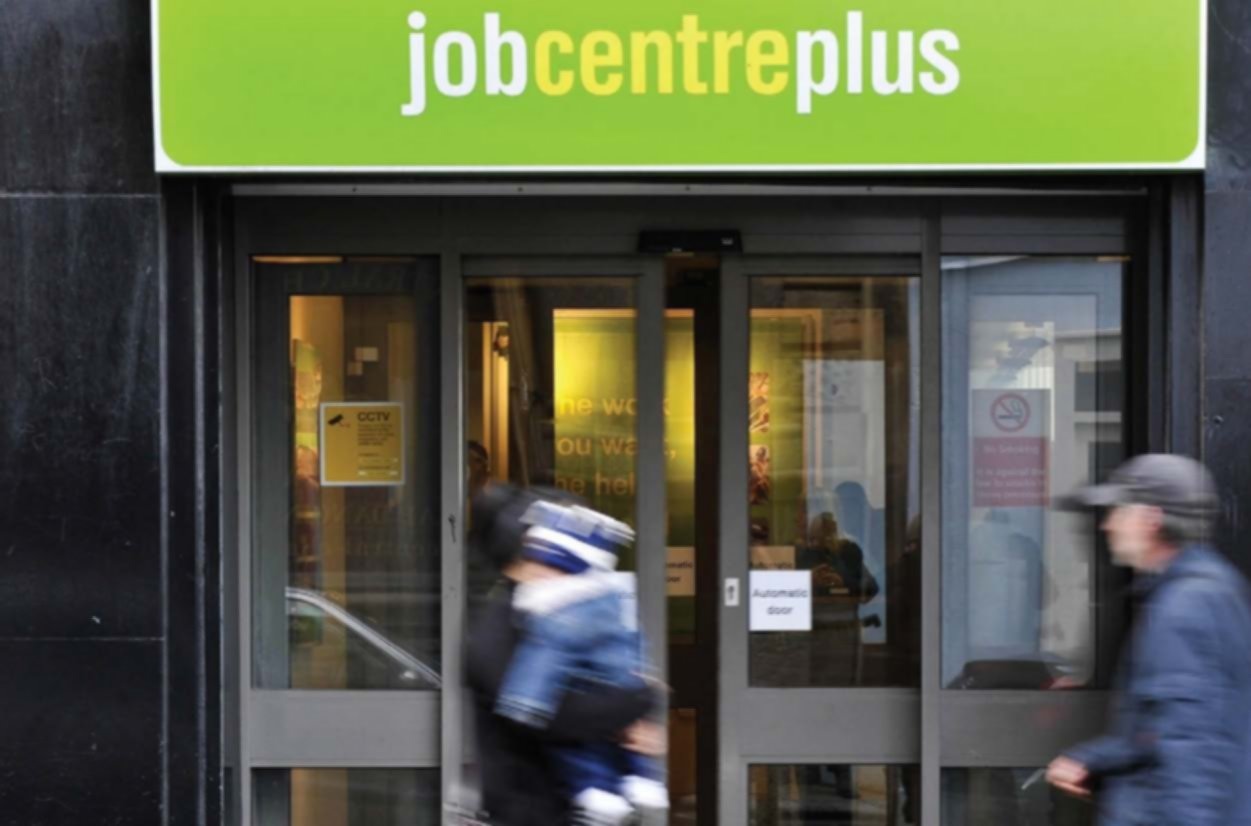Aging population is a problem of economies with a combined share of 78% of world GDP (64% of GDP at purchasing power parity), believe analysts of Morgan Stanley. Global growth of the working age population is slowing down. In 2016 it was 1% against 1.6% on average annually over the previous 20 years. This leads not only to an increase in the demographic load (number of pensioners and children to employed), but also to aging of the workforce itself. Proportion of workers aged 55-64 in the world will increase over the next 10 years to 15% from the current 13%. This comes against stable 10% in the previous five decades. The US, the Eurozone, Japan, China and the UK are the largest economies where the aging problem is most acute. These countries are expected to show a rise from 17 to 21% in 2030.
Aging of the population affects not only developed but also developing countries. People there can grow old faster than get rich, suggests HSBC. The economic slowdown will decelerate growth of incomes and living standards, says McKinsey.
Rapid economic growth in the second half of the XX century was based on two factors: growth of working age population and increasing productivity. Now, economic growth can be supported only through more intense performance. Even its preservation at the same level (1.8% on average per year over the last 50 years) would slow the world’s growth potential from 3, 2 to 6%, according to McKinsey’s estimates. Average world productivity needs to accelerate 1.8 times up to 3.3% to compensate for effects of aging.
Aging population restricts growth of productivity due to low level of innovation and slower rate of diffusion of technology, says Morgan Stanley. Performance of a worker varies throughout his life as experience accumulates, knowledge becomes obsolete, age affects physical and mental health, the IMF says. Yet, everything is not so clear. Stephan Veen of the University of Zurich found that the blue-collar sector (e.g. construction) is the most sensitive to the age. On the other hand, it does not matter that much in the banking sector, as experience of lawyers, academics , physicians and managers only increase with age. Therefore, impact of an aging workforce on the economy also depends on structure of the economy itself. The higher proportion of physical work is, the harder it is to deal with effects of aging, argues James Pomeroy from HSBC.
Morgan Stanley says it is possible to mitigate impact of aging population with public policy, Namely, it is about increased share of public spending on research and development, retraining, introduction of technological innovations. Openness of a state economy could also be helpful. Competition in this case would be growing, and exchange of best practices and technologies would speed up.
source: uk.businessinsider.com
Aging of the population affects not only developed but also developing countries. People there can grow old faster than get rich, suggests HSBC. The economic slowdown will decelerate growth of incomes and living standards, says McKinsey.
Rapid economic growth in the second half of the XX century was based on two factors: growth of working age population and increasing productivity. Now, economic growth can be supported only through more intense performance. Even its preservation at the same level (1.8% on average per year over the last 50 years) would slow the world’s growth potential from 3, 2 to 6%, according to McKinsey’s estimates. Average world productivity needs to accelerate 1.8 times up to 3.3% to compensate for effects of aging.
Aging population restricts growth of productivity due to low level of innovation and slower rate of diffusion of technology, says Morgan Stanley. Performance of a worker varies throughout his life as experience accumulates, knowledge becomes obsolete, age affects physical and mental health, the IMF says. Yet, everything is not so clear. Stephan Veen of the University of Zurich found that the blue-collar sector (e.g. construction) is the most sensitive to the age. On the other hand, it does not matter that much in the banking sector, as experience of lawyers, academics , physicians and managers only increase with age. Therefore, impact of an aging workforce on the economy also depends on structure of the economy itself. The higher proportion of physical work is, the harder it is to deal with effects of aging, argues James Pomeroy from HSBC.
Morgan Stanley says it is possible to mitigate impact of aging population with public policy, Namely, it is about increased share of public spending on research and development, retraining, introduction of technological innovations. Openness of a state economy could also be helpful. Competition in this case would be growing, and exchange of best practices and technologies would speed up.
source: uk.businessinsider.com





